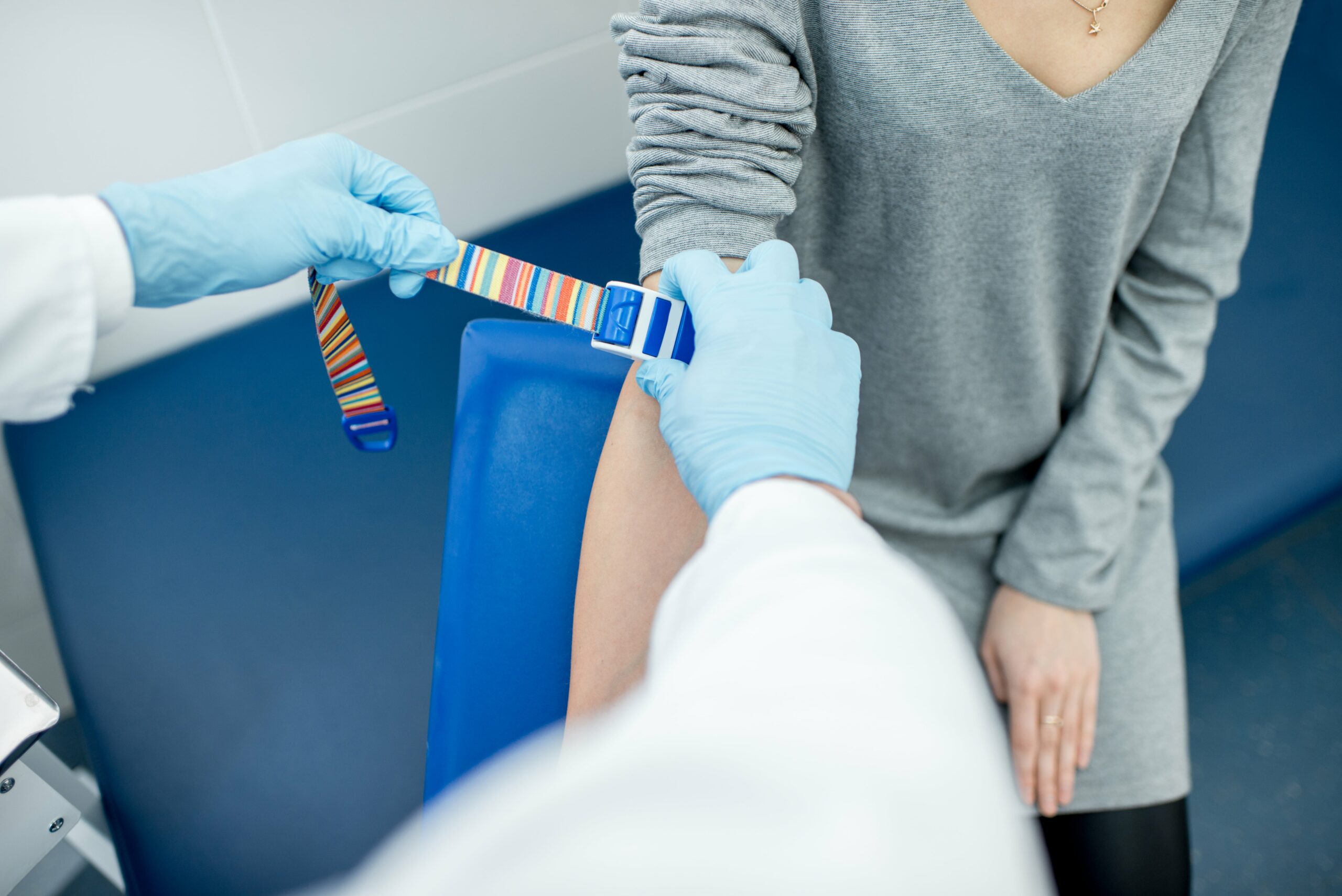Burn injuries can be one of one of the most excruciating and stressful experiences one can endure. Whether it's a small kitchen problem or a severe melt from a mishap, understanding the stages of burn injury recovery is vital for reliable treatment and healing. In this short article, we will dive deep right into the complexities of shed injuries, their category, healing processes, and necessary care techniques.
Understanding Burn Wound Healing Organizes: Healing Insights
Burns are classified right into various levels based upon their severity, each calling for certain clinical focus and care. The recovery process entails distinct phases that have to be acknowledged to make sure proper administration and recovery.
What Are the Various Kinds Of Burns?
Burns are typically categorized right into three main types:
First-Degree Burns: These influence only the external layer of skin (epidermis). Signs include inflammation, moderate swelling, and pain.
Second-Degree Burns: These expand into much deeper layers of skin (dermis), triggering blisters, extreme discomfort, and swelling.
Third-Degree Burns: These include all layers of skin and may harm hidden tissues. They appear white or charred and can be painless because of nerve damage.
Each kind requires differing degrees of medical intervention and home care strategies.
The Healing Process: An Overview
1. Hemostasis Phase
Immediately after a shed injury happens, the body initiates the hemostasis phase to stop any type of bleeding. Blood vessels constrict to minimize blood flow to the damaged area while platelets accumulation to develop a clot.
2. Inflammatory Phase
This stage complies with hemostasis and usually lasts for 3-5 days post-injury. It includes:
- Increased blood flow to provide immune cells. Swelling as fluids build up in the tissue. Pain as nerve closings become sensitized.
3. Proliferative Phase
Taking area from regarding day 3 to week 3 post-burn, this phase consists of:
- Formation of brand-new tissue with collagen deposition. Re-epithelialization where new skin cells move throughout the injury bed. Angiogenesis-- the formation of new blood vessels-- to supply nutrients to recovery tissues.
4. Remodeling Phase
This final stage can last several months to years after a melt injury and is marked by:
- Maturation of collagen fibers. Decreased vascularity as structures mature. Potential for mark formation depending on severity.
Importance of Specialized Burn Dressings: Important Burn Supplies for Home Care
Proper clothing is important in taking care of shed injuries effectively in your home. Specialized burn dressings serve numerous functions:
- They protect versus infections by creating an obstacle against pathogens. They preserve moisture while enabling gases exchange which is crucial for healing. Some dressings include antimicrobial homes that avoid infection.
It's vital to choose appropriate dressings based upon melt degree and size. As an example, hydrogel dressings are frequently advised for second-degree burns due to their cooling effect.
Scar Monitoring: Recovering After Significant Burns
Once a burn has healed, mark First Aid Course in Wagga Wagga administration comes to be necessary for restoring function and appearance:
Silicone Gel Sheets: Using these aids flatten elevated marks over time. Massage Therapy: Urging flow can enhance elasticity in mark tissue. Laser Treatments: Medical professionals may advise these for a lot more serious scarring cases.Common False impressions About Burn Treatment
CPR Constantly Restarts Heart Myth: Debunking Common Burn Treatment Misconceptions
One common myth bordering mouth-to-mouth resuscitation is that it always reboots the heart; nevertheless, this isn't real-- CPR increases chances of survival however does not assure heart task returns to promptly after cardiac arrest. Comprehending such false impressions can help in giving exact emergency treatment throughout emergencies including burns or other severe injuries.
FAQs concerning Burn Wound Healing
1. What need to I do quickly after maintaining a burn?
Answer: Amazing the area under running water for at the very least 20 mins and cover it with a tidy cloth or specialized dressing if necessary.

2. The length of time does it take for burns to heal?
Answer: Recovering times differ by burn degree; first-degree burns generally recover within a week while second-degree burns can take up to 3 weeks or more relying on severity.
3. When must I look for medical attention for a burn?
Answer: Seek specialist assistance if you have second-degree burns larger than 3 inches or any type of third-degree burns, no matter size.
4. Can I make use of ice directly on a burn?
Answer: No, applying ice directly can cause more skin damages; use cool (not cool) running water instead.
5. Is there any reliable natural home remedy for burns?
Answer: Aloe vera gel has relaxing residential properties that might aid with minor burns but consult healthcare providers pertaining to substantial injuries.
6. How do I know if my melt is infected?
Answer: Indicators include boosted redness, swelling, pus discharge, fever, or worsening discomfort; look for immediate medical recommendations if you believe infection.
Conclusion
Understanding shed injury healing stages is essential not just for patients however also caregivers who provide assistance throughout recovery phases. Knowledge about specialized treatments-- like specialized dressings-- and positive scar administration significantly influences long-lasting results after major burns occur.
Through awareness projects that stress safety around common threats like campfires or kitchen area tools-- such as curling irons-- we can prevent lots of cases before they occur! By recognizing just how to respond with reliable emergency treatment skills (like those taught in HLTAID012 courses), you equip yourself with valuable tools that shield lives throughout emergency situations including burns or other serious injuries.
In recap, understanding genuinely is power when handling potential emergency situations associated with burns-- from comprehending therapy methods like chemical or electric burns emergency treatment guidelines down with various child-centric difficulties seen within education settings-- every detail issues in ensuring safety!

This extensive guide aims not just to inform but additionally inspire confidence in taking care of intricate circumstances successfully-- nevertheless-- avoidance integrated with prompt intervention saves lives!